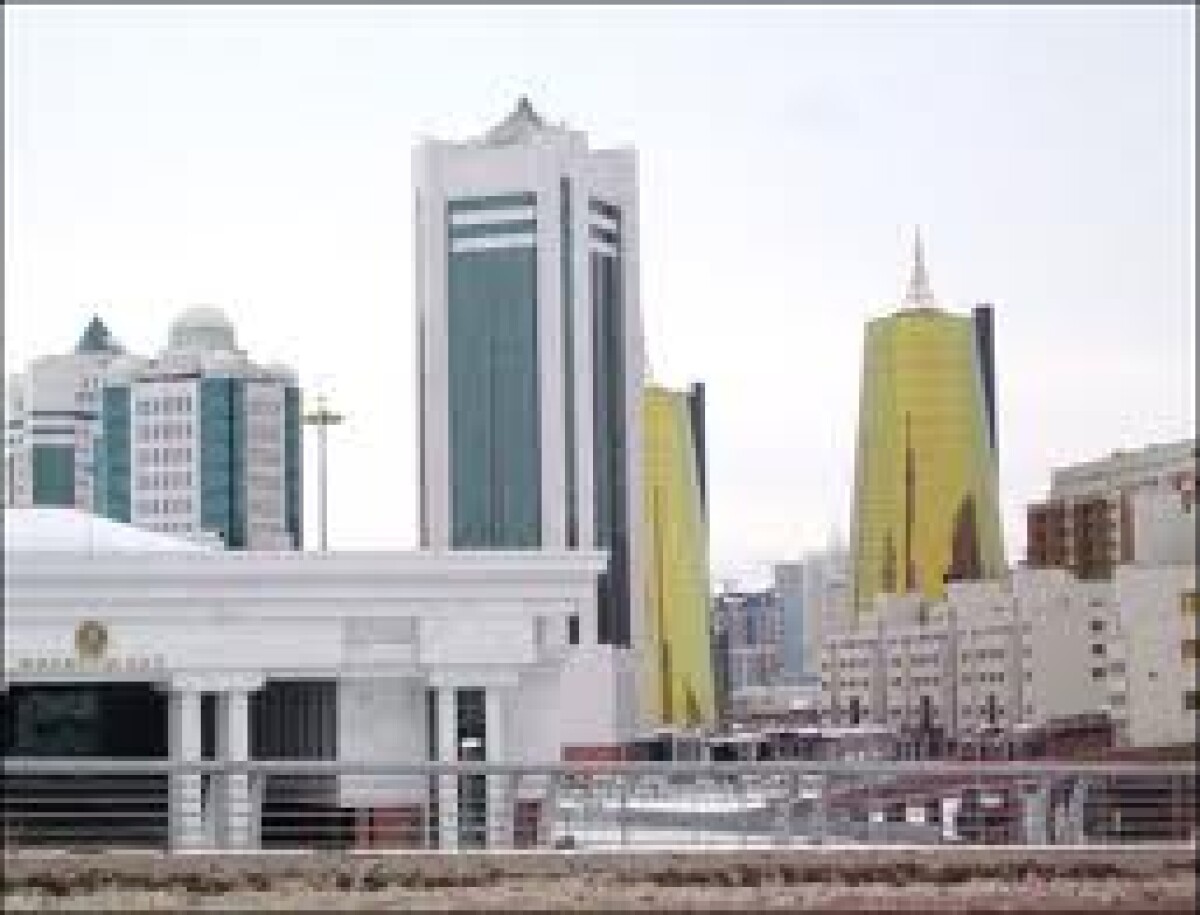
Earlier, on 1 December 1991, Nursultan Nazarbayev
was elected as president during the popular presidential elections.
The popular elections illustrated the strength of democratic changes in the newly independent state, and the President of Kazakhstan became a guarantor of country’s sovereignty. The most important features of the new state system are:
1. The absence of the All-Union system of political control (the dissolution of the USSR).
2. The head of the state is elected through direct elections.
3. The government of the country is accountable to the Supreme Soviet.
The Constitutional Law “On State Independence of the Republic of Kazakhstan” of 16 December 1991 established that the president is the head of state and of the executive branch of power. From that day, the president along with the Supreme Soviet has had the right to act on behalf of the people of Kazakhstan.
This was a major change in the status of the president as the head of state and of the executive branch of power since the adoption of “The Declaration of the State Sovereignty of Kazakh SSR” on 25 October 1990 and the “Law on Improving the Structure of the State Powers and Administration in Kazakh SSR as well as Amendments and Additions to the Constitution of the Kazakh SSR” on 20 November 1990. Since November of 1990, the prime-minister became the head of the Cabinet of Ministers in the country.
